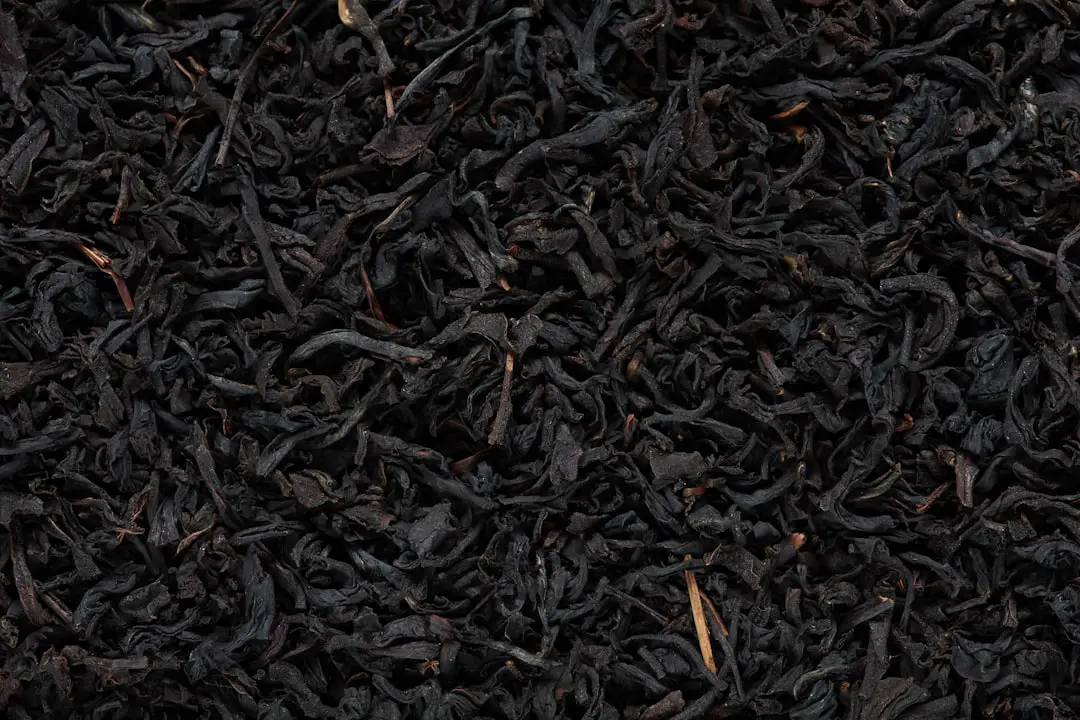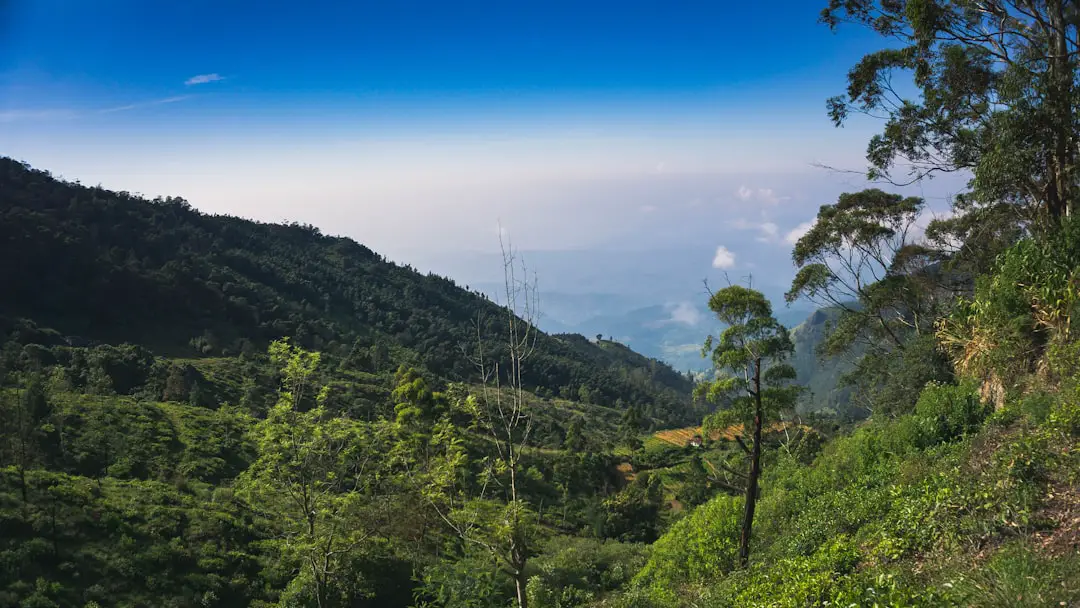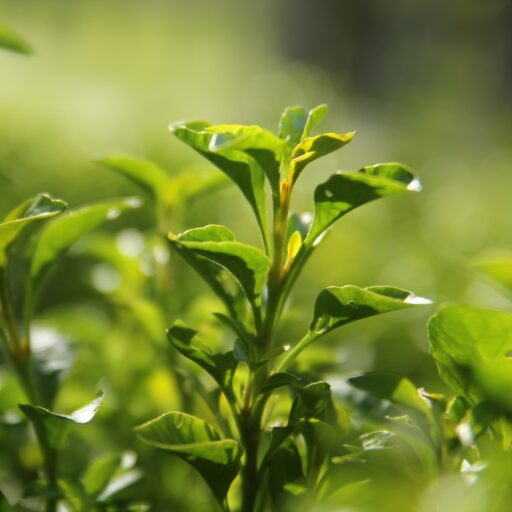Support our educational content for free when you purchase through links on our site. Learn more
Where does green tea come from? [2024] 🍵
Do you ever wonder where that soothing cup of green tea you enjoy every morning comes from? Well, we’ve got the answers for you! In this comprehensive article, we’ll delve into the origins of green tea, its rich history, and its various uses. Prepare to be transported to the lush tea plantations of China and Japan as we explore the fascinating world of green tea. So sit back, relax, and let’s embark on this tea-filled journey together!
Table of Contents
- Quick Answer
- Quick Tips and Facts
- Background and History
- How is Green Tea Made?
- Different Varieties of Green Tea
- Health Benefits of Green Tea
- How to Brew the Perfect Cup of Green Tea
- Is Green Tea Safe for Everyone?
- FAQ
- Conclusion
- Recommended Links
- Reference Links
Quick Answer
Green tea originates from the leaves of the Camellia sinensis plant. It is native to China and Japan and has been enjoyed for centuries for its refreshing taste and numerous health benefits. Despite its name, green tea can vary in color, from pale yellow to vibrant green, depending on the specific variety and how it is processed. If you’re looking to experience the wonders of green tea, we’ve got you covered!
Want to get your hands on some green tea? Shop green tea on Amazon!
Quick Tips and Facts
- Green tea comes from the Camellia sinensis plant, which is native to China and Japan.
- Green tea is known for its various health benefits, including boosting metabolism and improving brain function.
- There are different varieties of green tea, each with its own unique flavor and characteristics.
- To brew the perfect cup of green tea, use water that is about 175°F (80°C) and steep for 2-3 minutes.
- Green tea is generally safe for most people to consume, but it’s always a good idea to check with your healthcare provider if you have any concerns.
Background and History

Green tea has a long and fascinating history that dates back thousands of years. It originated in China, where it was first discovered by Emperor Shennong in 2737 BCE. Legend has it that the emperor was enjoying a cup of hot water when a stray tea leaf fell into his cup. Intrigued by the aroma and taste, he decided to investigate further and discovered the wonders of tea.
From China, the cultivation and consumption of tea spread to other countries, including Japan. In fact, Japan is renowned for its tea ceremonies, which are steeped in tradition and focus on the art of preparing and serving green tea. Today, both China and Japan are major producers of green tea, with each country offering its own unique varieties and flavors.
How is Green Tea Made?
The process of making green tea involves carefully plucking the young and tender leaves of the Camellia sinensis plant. These leaves are then quickly heated to prevent oxidation and retain their green color. This differs from black tea, which undergoes a longer oxidation process, resulting in its darker color and stronger flavor.
After being heated, the leaves are typically rolled and dried. This helps to shape the leaves and further enhance the flavor. The final product is loose-leaf green tea, which can be brewed or used to create tea bags for convenience.
Different Varieties of Green Tea
Green tea comes in a variety of flavors and styles, each with its own distinct characteristics. Some popular varieties include:
- Sencha: A common green tea in Japan, sencha has a refreshing and grassy flavor. It is the most popular type of tea in Japan and is known for its vibrant green color.
- Matcha: Matcha is a finely ground powder made from shade-grown tea leaves. It is used in traditional Japanese tea ceremonies and has a rich and creamy flavor.
- Dragon Well: Also known as Longjing tea, Dragon Well is a famous Chinese green tea with a smooth and chestnut-like flavor. It is grown in the West Lake region of Hangzhou, China.
- Gunpowder: Named for its rolled leaf appearance, gunpowder tea has a bold and slightly smoky flavor. It is often used in Moroccan mint tea.
- Jasmine: Jasmine green tea is infused with the delicate fragrance of jasmine flowers. It has a sweet and floral taste that is highly aromatic.
These are just a few examples of the many wonderful varieties of green tea available. Each one offers a unique flavor profile, making green tea a delight to explore and savor.
Looking to try different varieties of green tea? Shop green tea on Walmart and Shop green tea on Etsy!
Health Benefits of Green Tea
Green tea is not only a delicious beverage, but it also offers a wide range of health benefits. Here are some of the potential benefits of incorporating green tea into your daily routine:
✅ Boosts metabolism: Green tea contains compounds called catechins, which are believed to help increase metabolism and fat burning. This can aid in weight loss and weight management.
✅ Improves brain function: The caffeine and amino acid L-theanine in green tea can enhance brain function, improve focus, and increase alertness.
✅ Protects against chronic diseases: Green tea is rich in antioxidants, which help protect the body against damage from free radicals. Regular consumption of green tea has been linked to a reduced risk of chronic conditions such as heart disease and certain types of cancer.
✅ Supports digestion: Green tea has been used traditionally to aid digestion and relieve gastrointestinal discomfort. It has a soothing effect on the stomach and may help alleviate bloating and indigestion.
✅ Supports a healthy immune system: The antioxidants found in green tea may help strengthen the immune system and fight off infections. Regular consumption of green tea can help keep you feeling healthy and energized.
While green tea offers many potential health benefits, it’s important to remember that individual results may vary. It’s always best to consult with a healthcare professional before making any significant changes to your diet or lifestyle.
How to Brew the Perfect Cup of Green Tea
Brewing the perfect cup of green tea requires a delicate touch and attention to detail. Here’s a step-by-step guide to help you achieve tea perfection:
- Choose high-quality tea: Start with high-quality loose-leaf green tea or tea bags for the best flavor.
- Heat the water: Heat water to around 175°F (80°C). Avoid boiling the water, as extremely hot water can result in a bitter taste.
- Measure the tea: Use about one teaspoon of loose-leaf green tea per cup of water. Adjust the amount to taste.
- Steep the tea: Place the tea leaves in a teapot or tea infuser, and pour the hot water over them. Steep for 2-3 minutes, or adjust the steeping time to your preferred strength.
- Strain and serve: Pour the brewed tea into cups or mugs, using a strainer if necessary to remove any tea leaves. Enjoy!
Remember, brewing green tea is an art form, so feel free to experiment and find the brewing method that suits your tastes best. Whether you prefer a stronger brew or a more delicate flavor, green tea offers a world of possibilities.
Is Green Tea Safe for Everyone?
In general, green tea is considered safe for most people to consume. However, there are a few things to keep in mind:
❌ Caffeine sensitivity: Green tea contains caffeine, which can cause side effects such as insomnia, irritability, and an increased heart rate in some individuals. If you are sensitive to caffeine, it’s best to limit your intake or opt for decaffeinated green tea.
❌ Pregnancy and breastfeeding: While moderate consumption of green tea is generally safe during pregnancy and breastfeeding, it’s always a good idea to consult with your healthcare provider for personalized advice.
❌ Medication interactions: Green tea may interact with certain medications, including blood thinners and certain heart medications. If you are taking any medications, it’s important to check with your healthcare provider to ensure that green tea is safe for you.
As with any dietary changes, it’s always best to listen to your body and consult with a healthcare professional if you have any concerns or questions.
FAQs

Where does green tea originate?
Green tea originates from the leaves of the Camellia sinensis plant, which is native to China and Japan. The cultivation and consumption of green tea have been a part of these countries’ cultures for centuries.
What leaves are green tea made from?
Green tea is made from the young and tender leaves of the Camellia sinensis plant. These leaves are carefully picked and processed to retain their green color and delicate flavors.
Read more about “Can I Grow Tea in My Backyard? … 🍵”
What happens if I drink green tea every day?
Drinking green tea every day can have numerous health benefits, including boosting metabolism, improving brain function, and protecting against chronic diseases. However, individual results may vary, and it’s important to listen to your body and make sure it agrees with regular green tea consumption.
Is green tea from China or Japan?
Both China and Japan are major producers of green tea, each offering their own unique varieties and flavors. Chinese green teas tend to have a wide range of flavors, while Japanese green teas are often characterized by their vibrant green color and grassy flavor.
Didn’t find the answer you were looking for? Don’t worry! Drop us a comment below, and we’ll be happy to help!
Conclusion

From its origins in ancient China to its modern-day popularity, green tea has captured the hearts (and taste buds!) of countless tea lovers around the world. Its unique flavors, health benefits, and cultural significance make it a truly remarkable beverage.
So why not make green tea a part of your daily routine? Whether you’re sipping on a steaming cup to start your day or enjoying a cool glass of iced green tea in the afternoon, this delightful beverage is sure to bring a touch of zen to your life.
Ready to embrace the wonders of green tea? Start your green tea journey today and shop green tea on Amazon!
Recommended Links
- Can I Grow Tea in My Backyard? – Learn everything you need to know about growing your own tea in your backyard.
- Green Tea Cultivation – Dive deeper into the cultivation and production of green tea.
- Soil and Climate for Tea – Discover the ideal soil and climate conditions for growing tea.
- Tea Plant Varieties – Explore different varieties of tea plants and their unique characteristics.
- Tea Market Trends – Stay up to date with the latest trends and developments in the tea industry.
Reference Links
- Green Tea | NCCIH – National Center for Complementary and Integrative Health (NCCIH)
- Office of Dietary Supplements (ODS), National Institutes of Health (NIH) – ODS Tea Fact Sheet
- Chung M, Zhao N, Wang D, et al. (2020). Dose-response relation between tea consumption and risk of cardiovascular disease and all-cause mortality: a systematic review and meta-analysis of population-based studies. Advances in Nutrition.
- Filippini T, Malavolti M, Borrelli F, et al. (2020). Green tea (Camellia sinensis) for the prevention of cancer. Cochrane Database of Systematic Reviews.
- Fujiki H, Watanabe T, Sueoka E, et al. (2018). Cancer prevention with green tea and its principal constituent, EGCG: from early investigations to current focus on human cancer stem cells. Molecules and Cells.
Remember, the fascinating world of green tea is waiting for you to explore. So go ahead, take a sip, and discover the wonders of this remarkable beverage. Cheers to the perfect cup of green tea!



